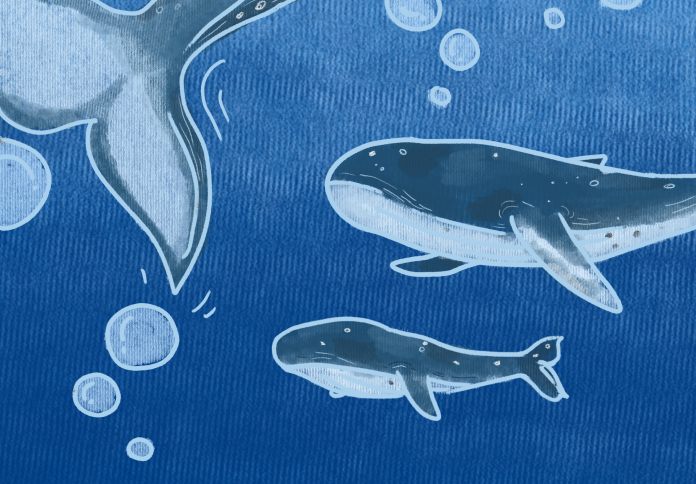Melanie Martinez
Science and Tech Co-editor
Some good news in marine life conservation: humpback whales have been removed from the endangered species list, an incredible feat resulting from years of conservation efforts.
This announcement proves that years of conservation efforts are working; however, this wasn’t always the case for humpback whales. Before there was any protection offered to this species, overfishing was decimating their population at alarming rates, creating a problem that required immediate and aggressive action before the whale was lost forever.
During the 19th and 20th centuries, humpback whales were heavily affected by commercial whaling, resulting in their endangered status. The killing and subsequent trading of humpback whale parts was so great that the population was quickly depleting. Finally, in 1970 the humpback whale became one of the first species to be protected by the Endangered Species Conservation (ESC) Act.
What protections does the ESC Act give to the whales? Whenever a species is protected under this act, the implementation of solutions to slow the decline in population can begin. This involves the cooperation of state governments for financial inquiries or to enforce provisions of the Convention of International Trade in Endangered Species of Wild Flora and Fauna. The National Oceanic and Atmospheric Administration (NOAA) Fisheries and the states continue to monitor the species even after it has been removed from the threatened or endangered classifications.
As a result of the ESC Act, conservation efforts were implemented to regrow the population of humpback whales. Some actions that were made to conserve the humpback whale population included decreasing bycatch and educating safe boating practices. Additionally, researchers have been conducting studies in order to protect the whales. They also detangle the whales as they tend to get caught in fishery equipment. Specific regions have been designated to protect the whales and their habitat, with one zone within the Hawaiian Islands. As a result of this effort, the humpback whale population rose back up to as much as 93 percent of their original population prior to hunting. With the Act and these conservation efforts, whale populations have grown from 10,000-15,000 whales to 80,000. These dramatic improvements resulted in the humpback whale re-classification and no longer needing the protection of the ESC; however, maintaining these conservation efforts are critical to keeping the population at sustainable numbers.
UCSB has also joined in this conservation effort to protect the whales. The Benioff Ocean Initiative (BOI) created Whale Safe which helps detect whales in near-real time. This helps ships that are in the nearby areas to avoid any collisions with whales. Morgan Visalli, a BOI scientist, explained how 2018 and 2019 were years with record “fatal whale-ship collisions”. Since the ships travel at high speeds, this app can help them reduce their speed in the presence of a whale. This effort even goes beyond helping whales because it decreases the emission of CO2 released from the ships.
The success story of the humpback whales indicates that there is hope for other countless species on the endangered list. With enough effort from researchers, fisheries, and the public, oceanic species populations can be saved.











